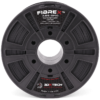FibreX PP+GF30 Polypropylene
$48.00 – $195.00
FibreX™ PP+GF30 is made using a specialty formulated 30% glass fiber reinforced polypropylene copolymer that we created specifically for 3D printing. Our PP+GF30 is ideal when you need improved strength, stiffness, impact, dimensional stability, chemical resistance and high thermal properties.
FibreX™ PP+GF30 [Polypropylene] 3D Printing Filament
FibreX™ PP+GF30 is made using a specialty formulated 30% glass fiber reinforced polypropylene copolymer which we created specifically for 3D printing. Our formulation offers improved thermal properties and lower shrinkage & warp compared to competitive PP-based compounds.
Reinforcing this trusted engineering polymer with glass fiber really made it a game changer for industrial applications. 3D printed PP+GF30 parts can be found in a wide array of real-world functional end uses or prototypes with automotive, tooling fixtures and jigs, appliances, and sporting goods.
Print Recommendations
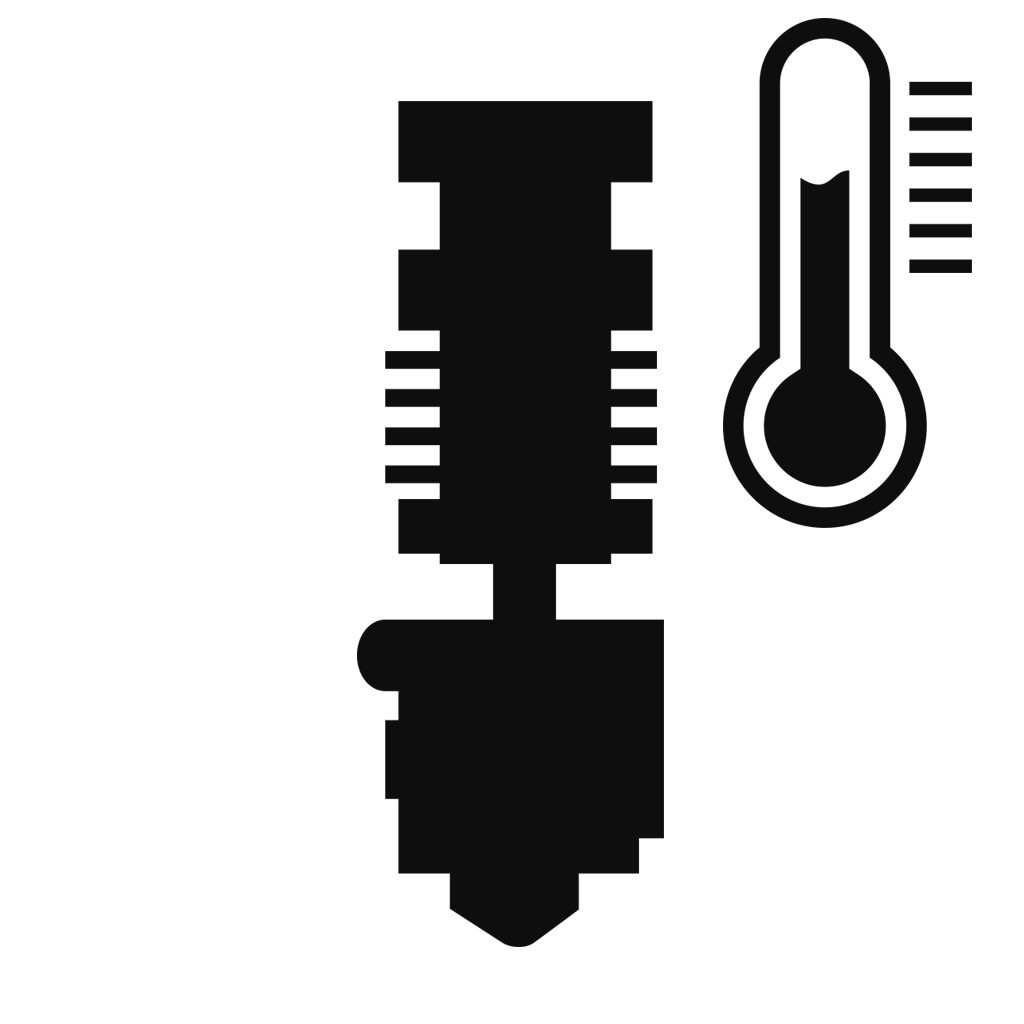
Extruder Temp
240-270°C
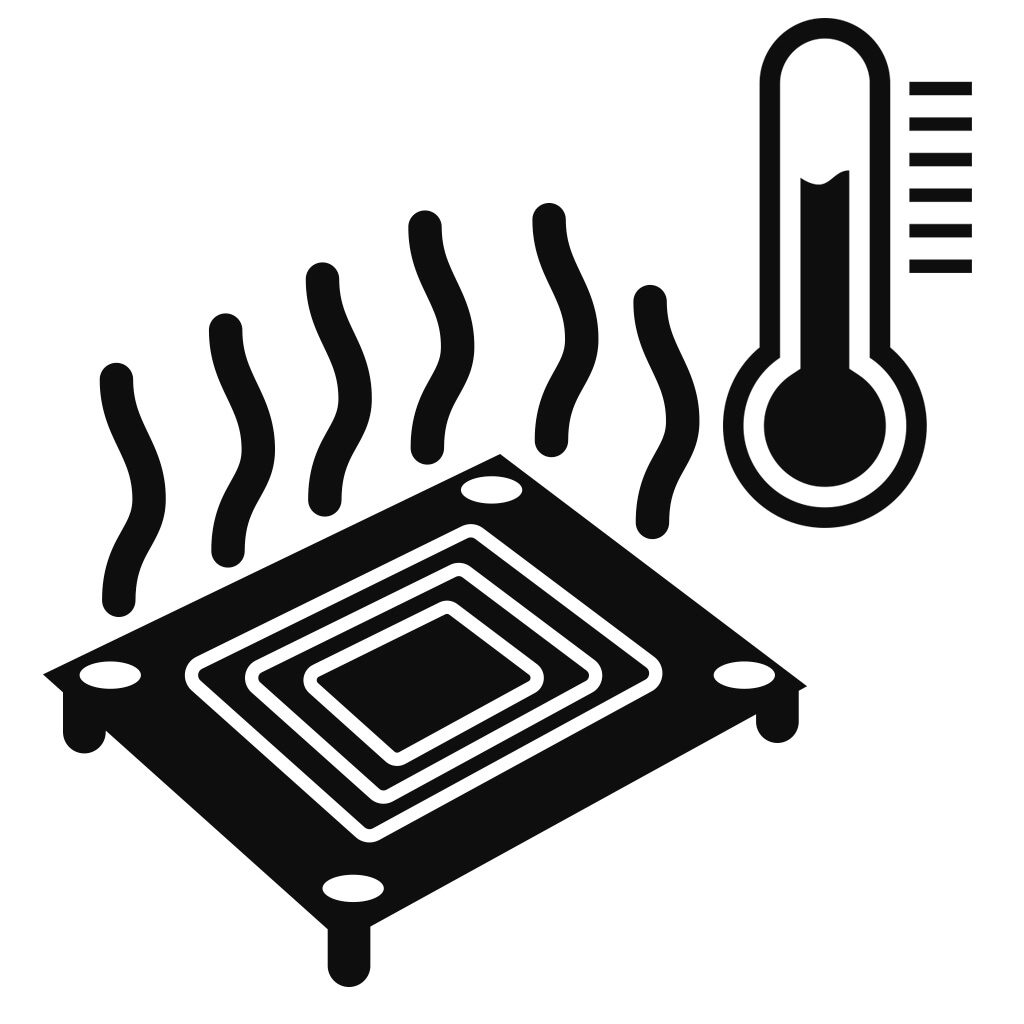
Bed Temp
80-110°C
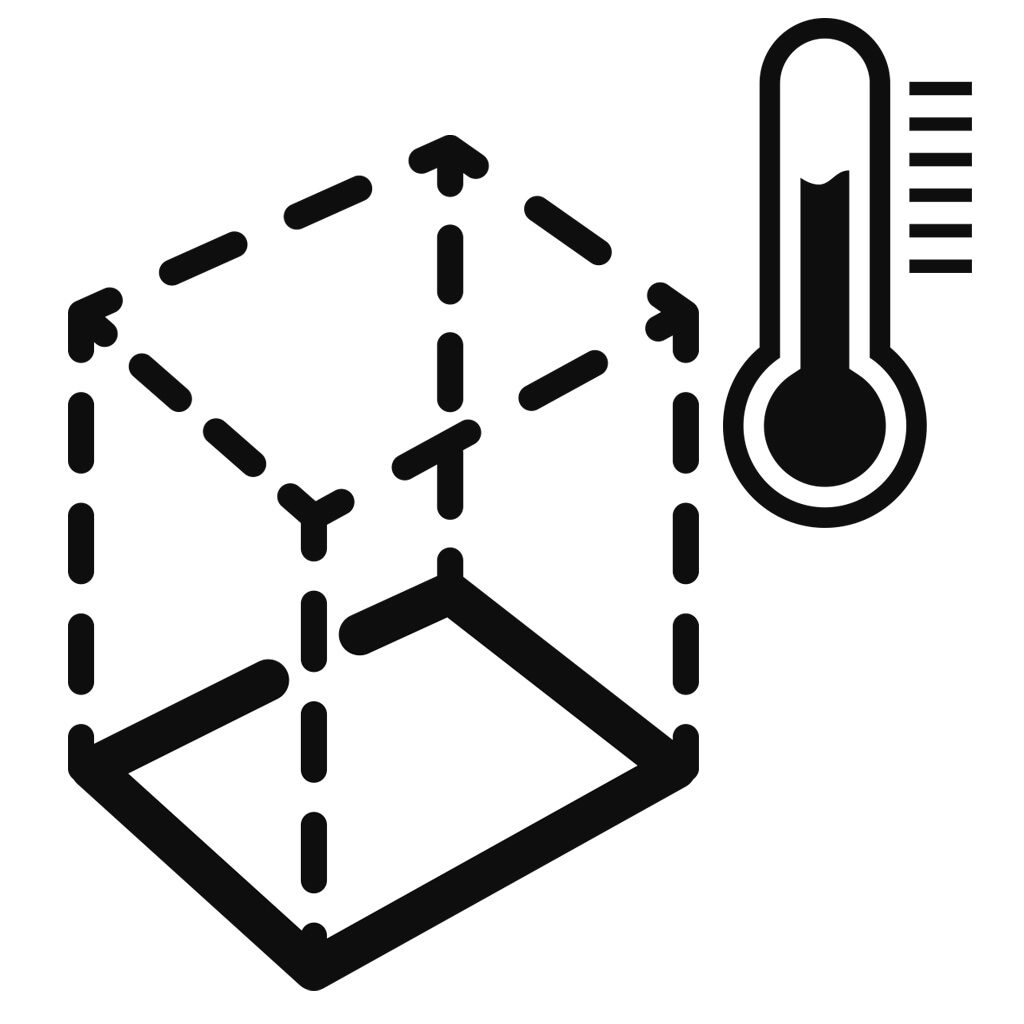
Heated Chamber
Not required

Nozzle Specs
0.4mm diameter minimum
Hardened Steel Nozzle
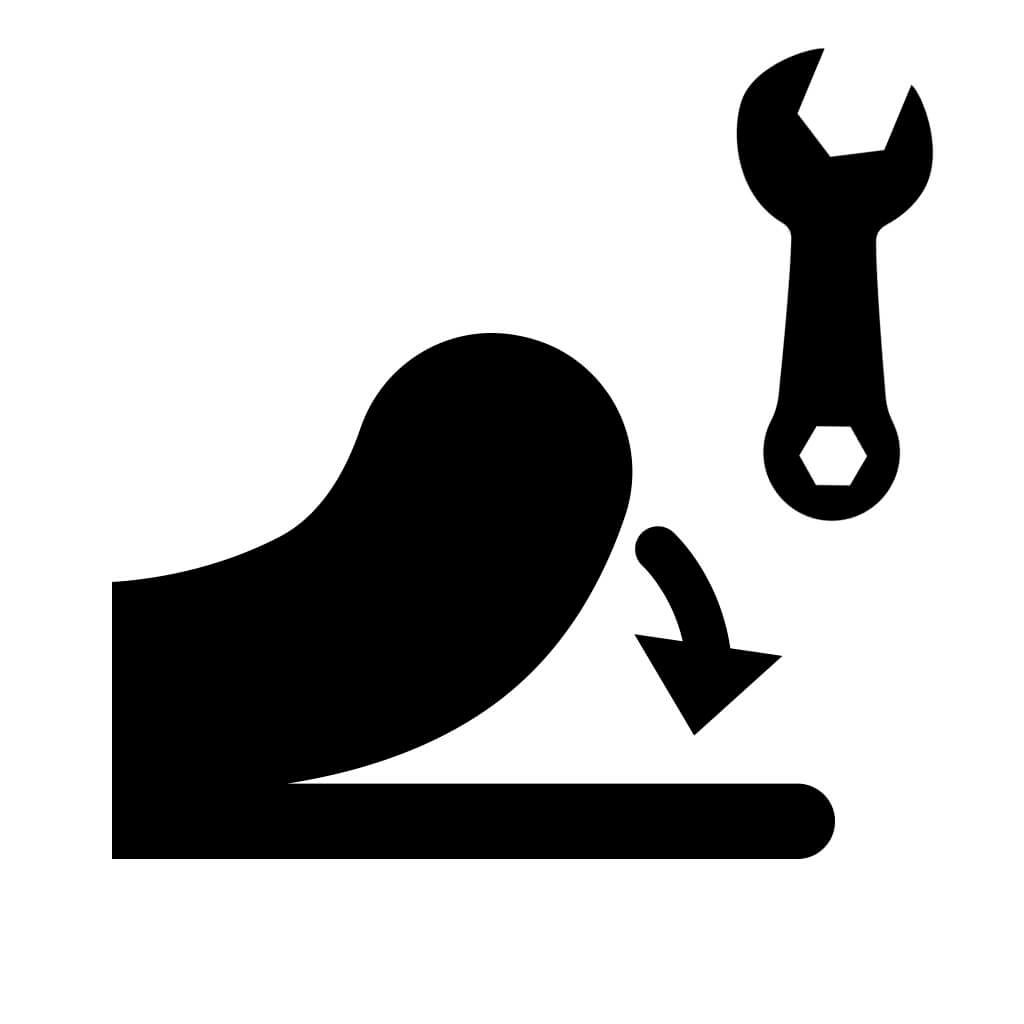
Bed Adhesion
Magigoo Bed Prep
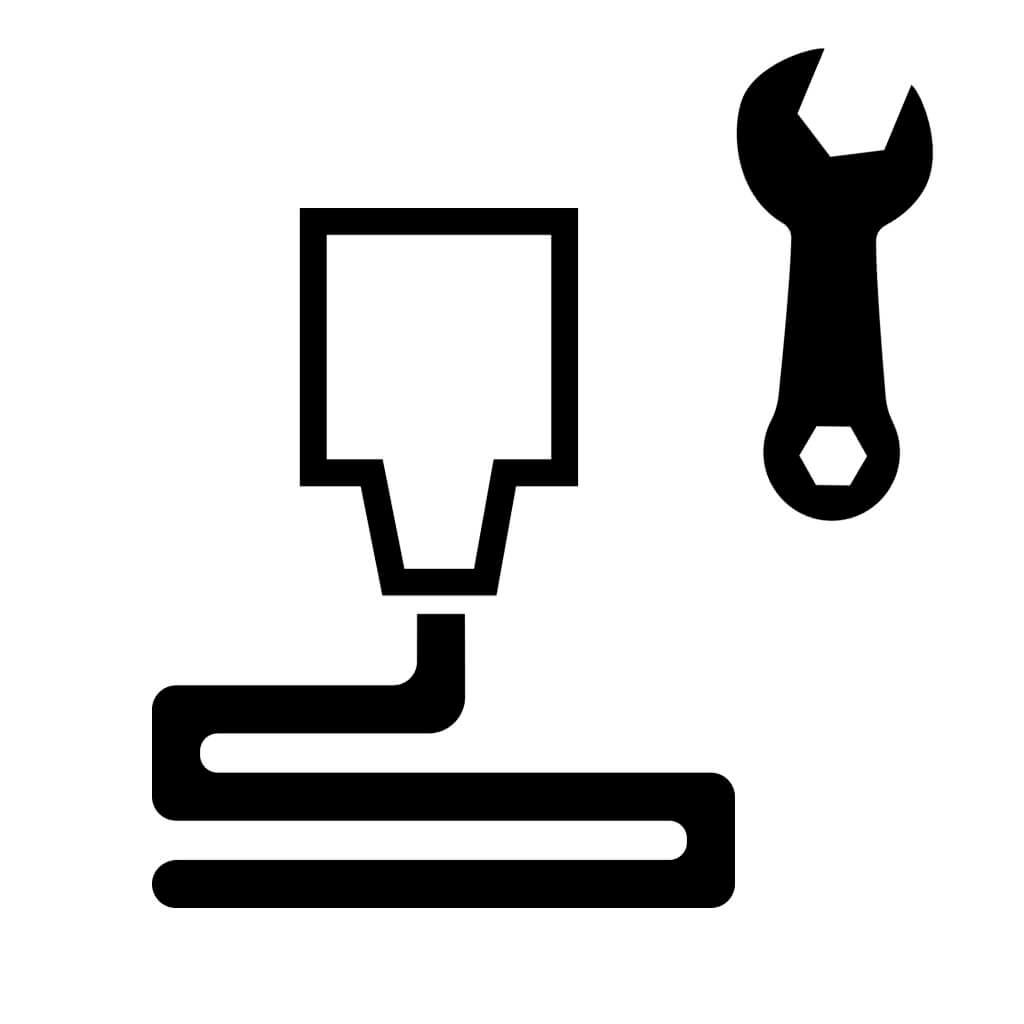
Layer Height
0.25mm or higher

Drying Specs
4 Hours at 65°C
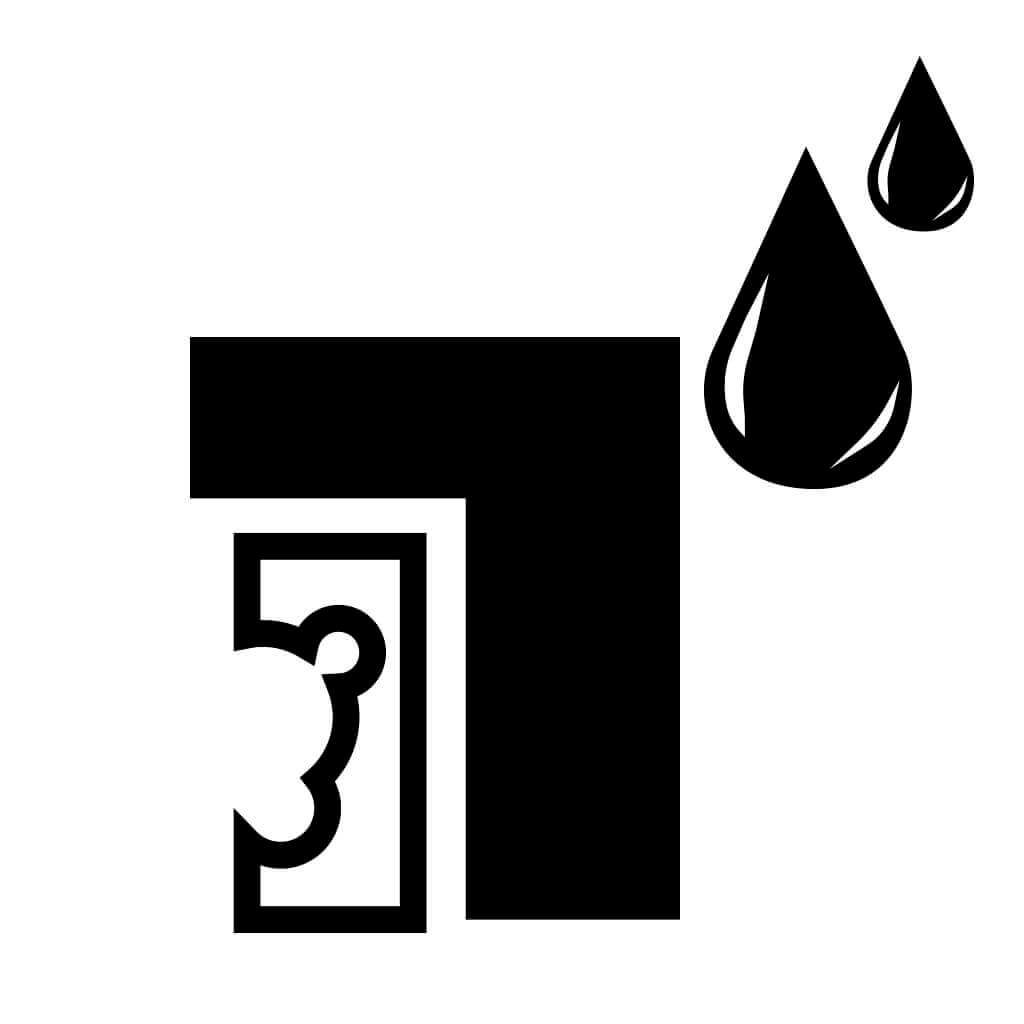
Supports
Water Soluble Support
Benefits of PP+GF Include:
- Excellent resistance against a huge variety of chemicals
- Low density and weight
- Low shrinkage and warping
- Typically does not absorb moisture, no drying required!
- High strength, stiffness, and impact resistance
Chemical Resistance of PP+GF
Since properties can change depending on print environment and 3D model geometry and/or surface area, it is always required to do your own testing, but Polypropylene is famous for its chemical resistances to a huge range of environments including:
- Acids: Acetic, Boric, Hydrochloric, Phosphoric, Stearic, Sulfuric, Uric
- Bases: Hydrocides of Ammonium, Barium, Calcium, Magnesium, Potassium, Sodium
- Solvents: Acetone, Ethanol, MEK, Phenol (10%), Water
Safety Data Sheet
This material doesn’t yet have a formal SDS.
Filament Specifications:
1.75mm and 2.85mm +/- 0.05mm in diameter
Recommended Print Settings:
- Extruder: 240-270°C
- Bed Temp: 80-110°C
- Nozzle: We highly recommend a hardened steel nozzle with a minimum diameter of 0.4mm for abrasive materials such as this
- Other: Ideal layer height is 60% of nozzle diameter. We do not recommend printing layers smaller than 0.2mm with abrasive filaments
- Bed Prep: Magigoo Bed Prep gives us the best results
- Heated Chamber: Not required
- Supports: AquaTek™ Water Soluble X1 USM Universal Support Material is one of the few materials capable of properly forming a strong, temporary bond for support. Polypropylene is infamous for being difficult to support, and X1 USM is ideal for the job
- Drying Instructions: 4+ Hours at 65°C
Glass Fiber Reinforced Filament
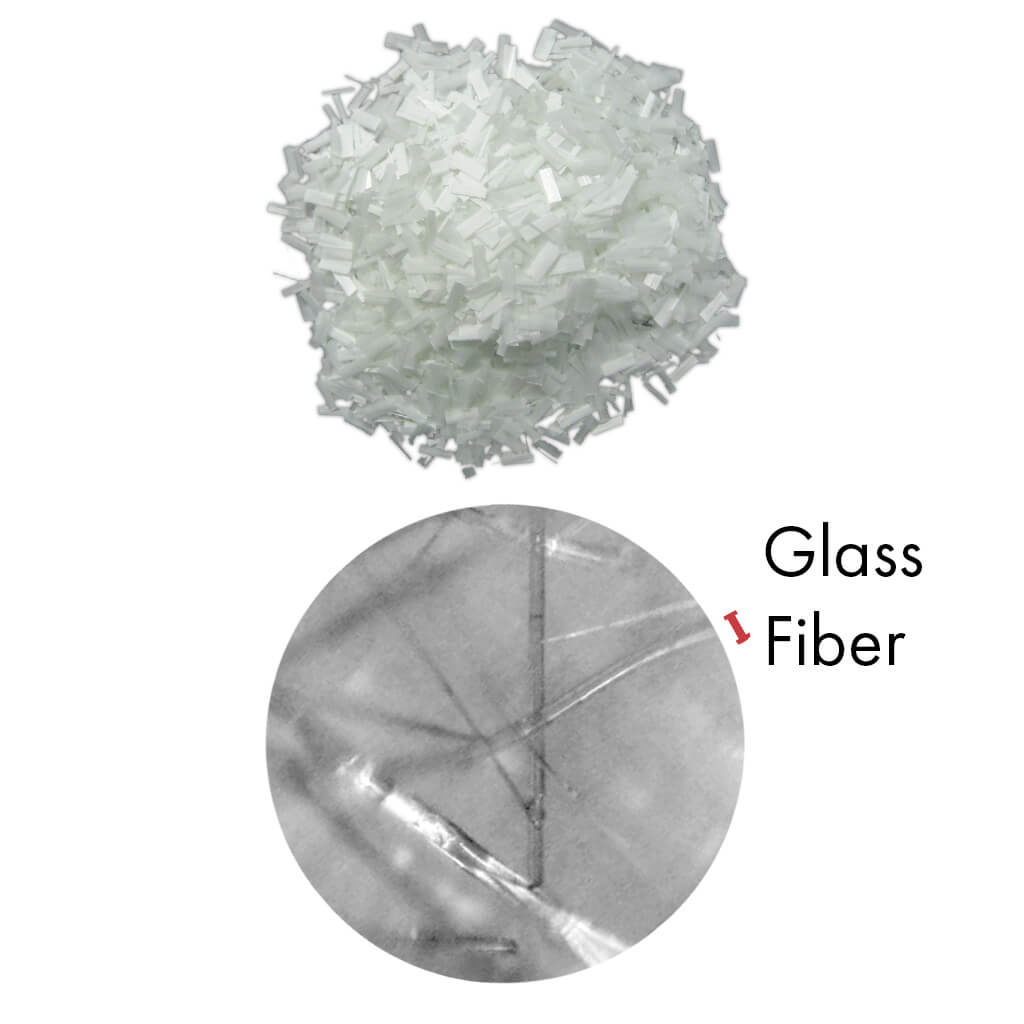
What Is It?
Fibers made of glass reinforced into the polymer during manufacturing and aligned along the axis of filament.
This, along with their physical makeup, give this material enormous strength and mechanical properties.

What Does It Do?
Glass fiber reinforcement gives material a lot of desirable properties:
- High strength
- High stiffness
- High chemical resistance
- Low thermal expansion
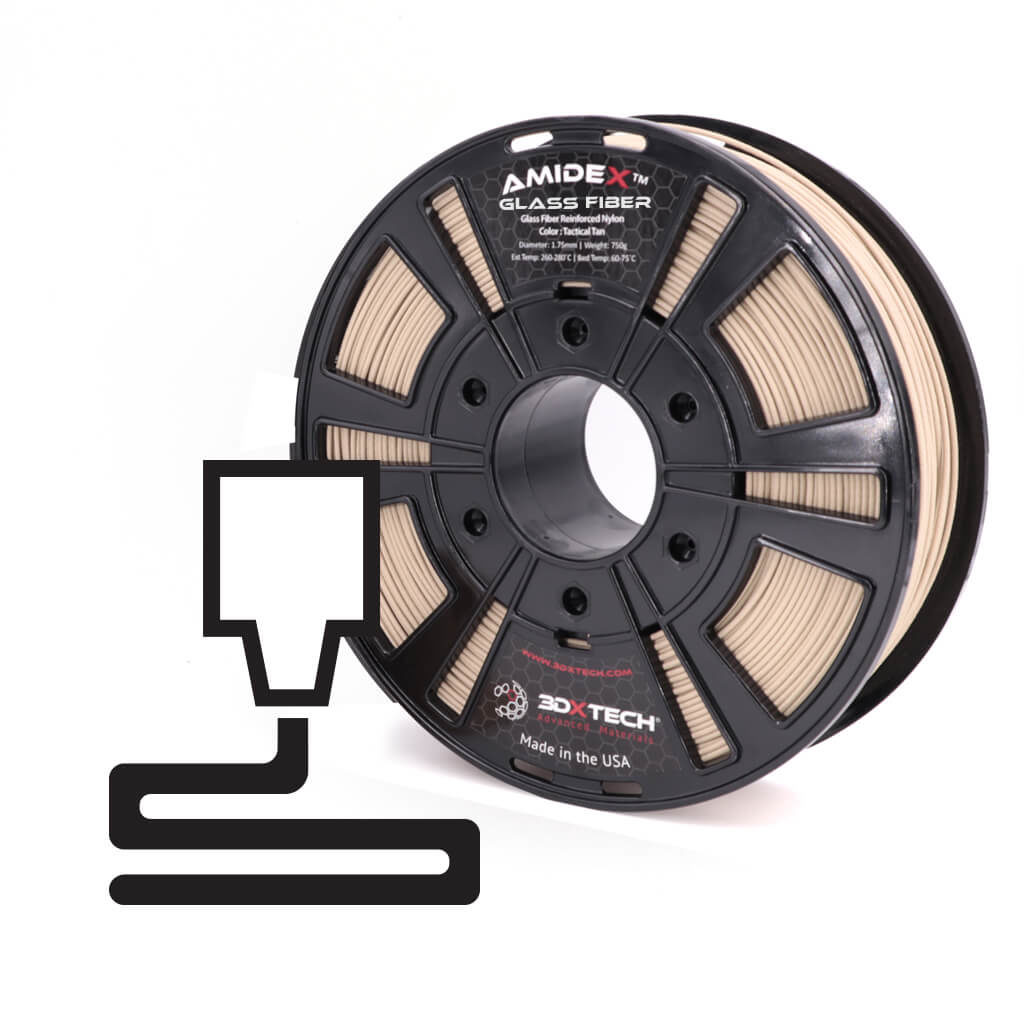
How Does It Work?
Reinforcing plastic with glass fibers produces a 3D printing filament which exhibits the best properties of both fiberglass and the plastic of choice.
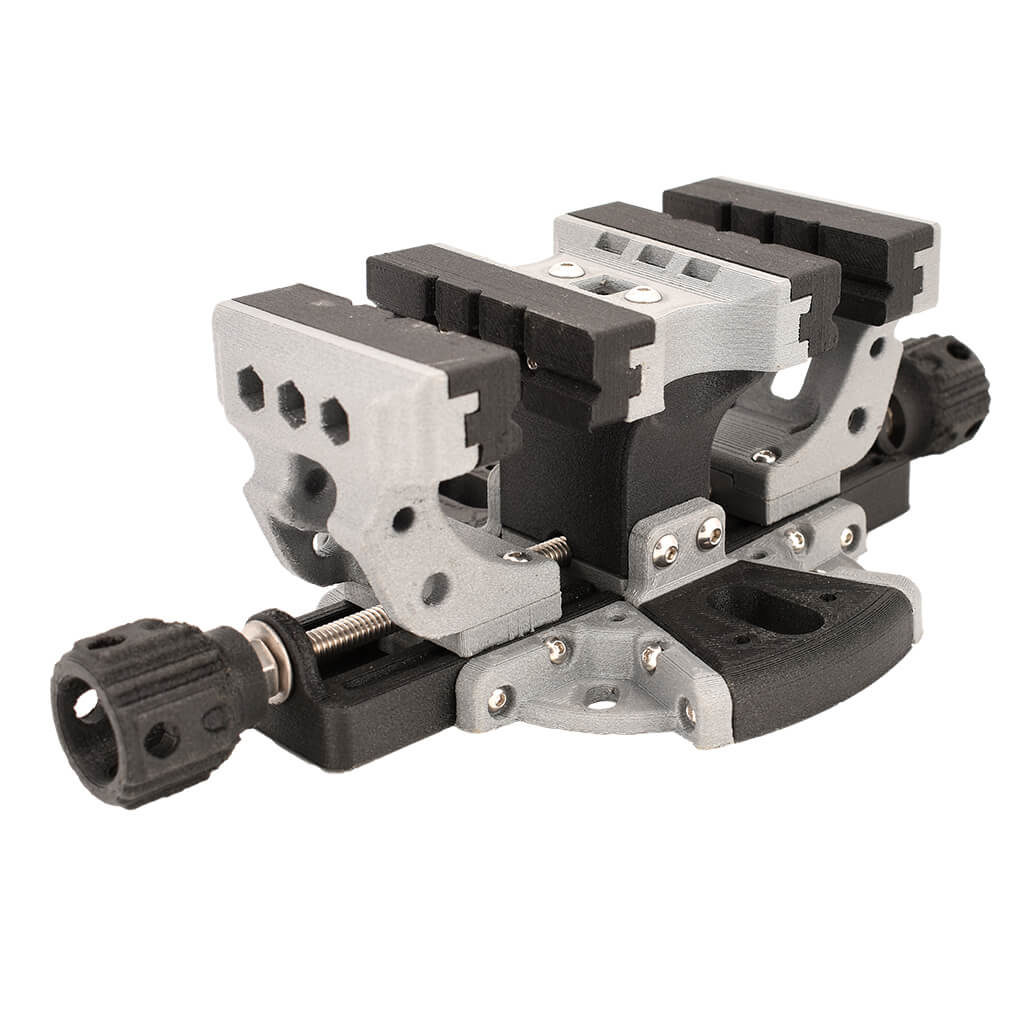
What Is It Good For?
Ideal for any applications which require strength and rigidity.
For these reasons, glass fiber reinforced filament is very popular in automotive, mechanical, civil engineering, and research industries.
Abrasive Material
This material is particularly abrasive among 3D printing filaments. Users may find standard brass nozzles are chewed through very quickly compared to standard wear and tear. When worn through, the nozzle diameter will widen inconsistently and the printer will experience extrusion issues.
Because of this, it's strongly recommended this material be printed through a hardened steel nozzle rather than a softer metal. Hardened steel nozzles can often be inexpensive and easily installed depending on your printer manufacturer's instructions.
Questions?
Send us a message and we'll reach out as soon as we can!

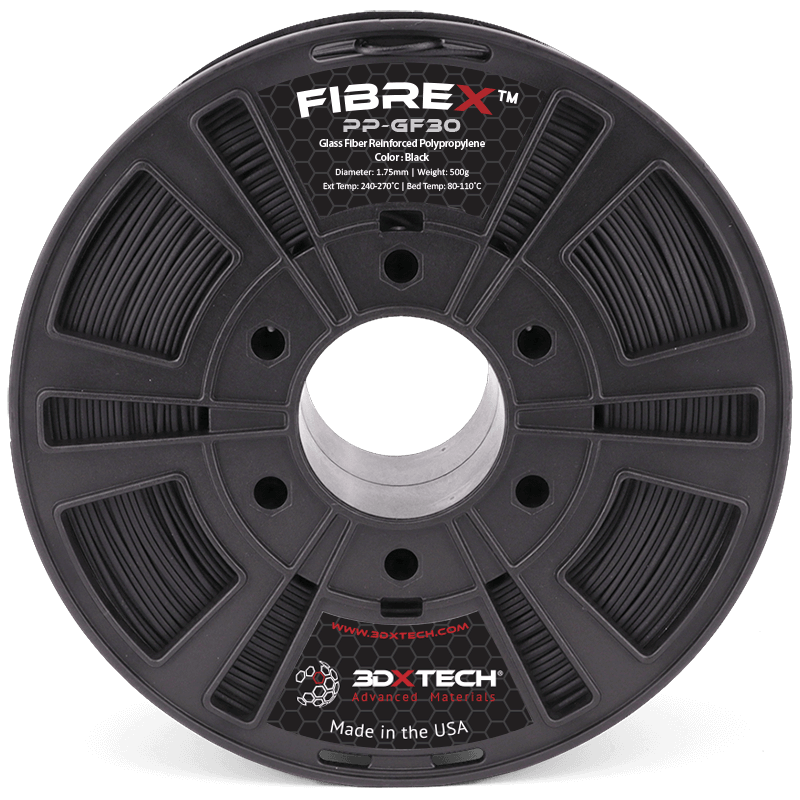
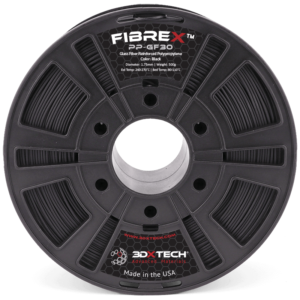
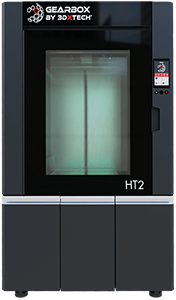

![HyperLite PP Polypropylene [Gen2] Hyperlite PP Unfilled Hyperlite Unfilled Polypropylene (PP) 3D Filament](https://www.3dxtech.com/wp-content/uploads/2021/02/Hyperlite-PP-Unfilled-100x100.png)
